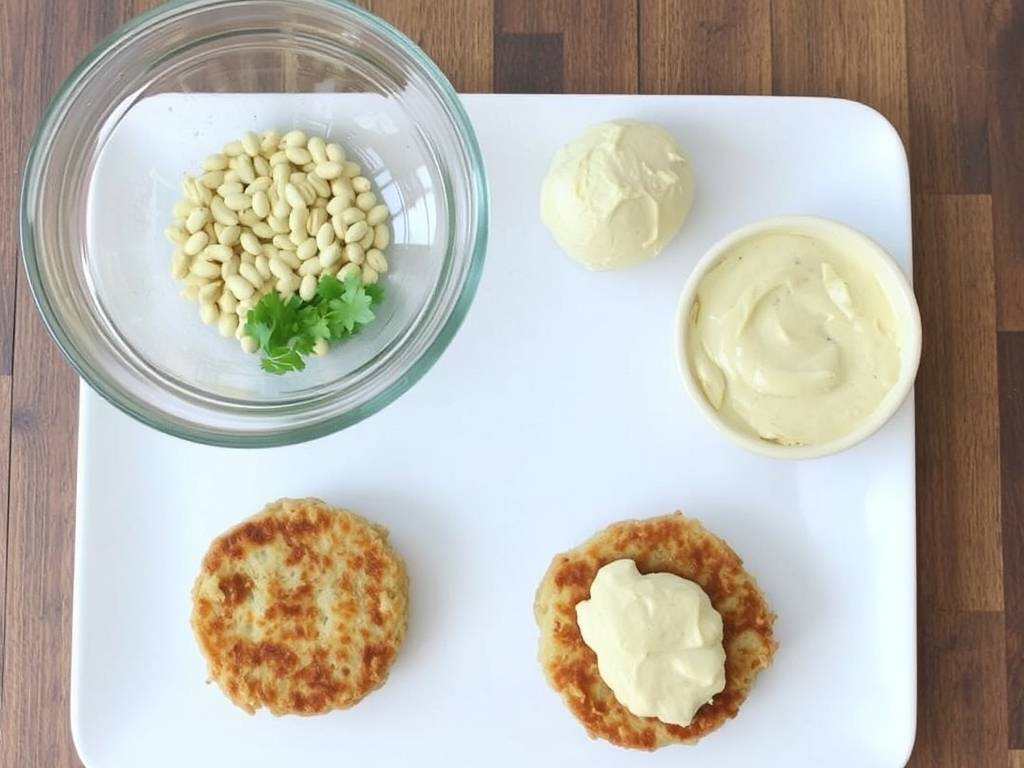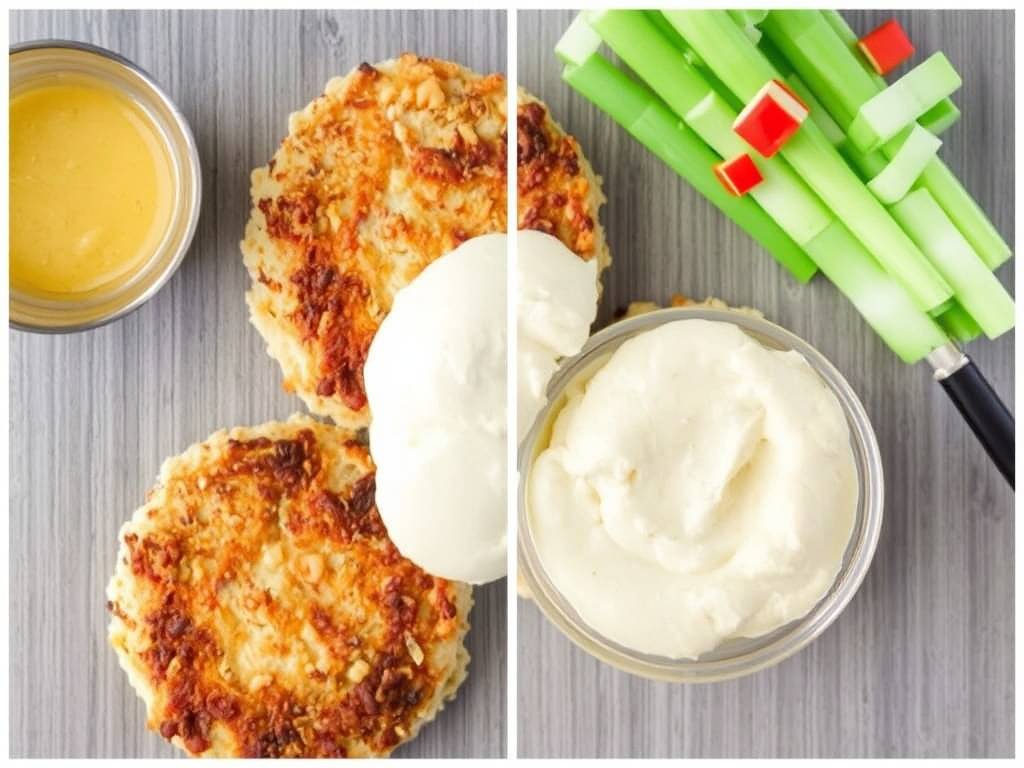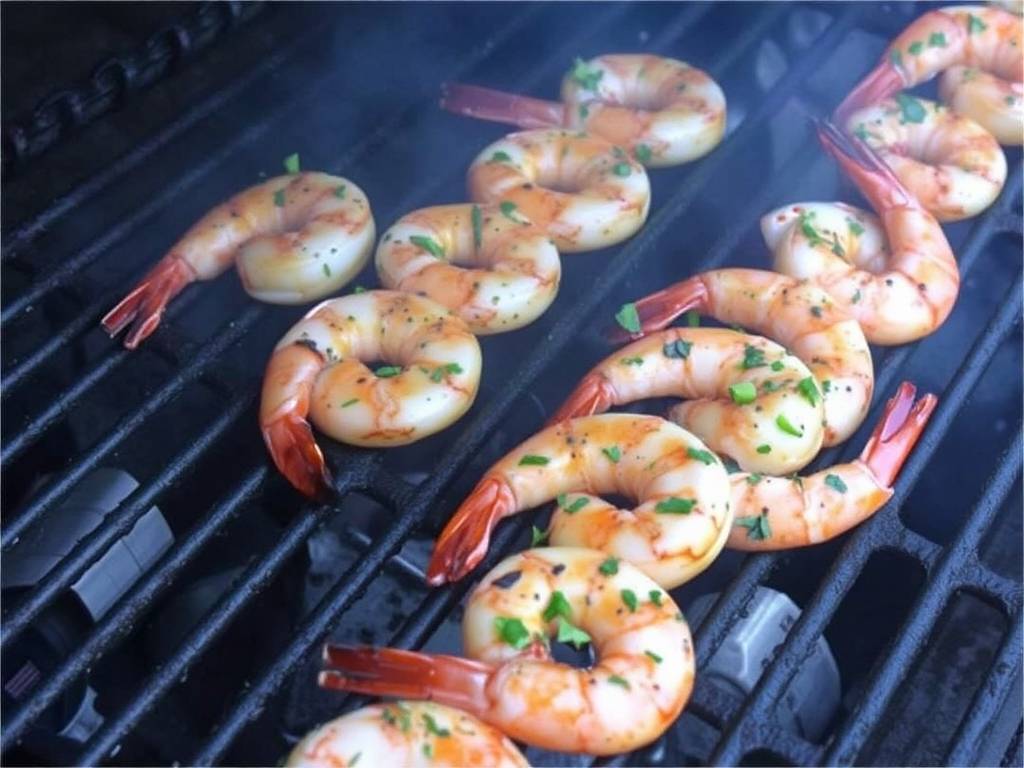The Art of Creating Perfect Crab Cakes: A Symphony of Old Bay and Mayo
The crab cake stands as a monument to coastal cuisine, a simple yet profound dish where the sweet, delicate flavor of the crab is the undisputed star. Yet, elevating it from good to sublime requires a careful balancing act. It’s a culinary tightrope walk where the supporting cast—the binders, the seasonings, the cooking method—must be present enough to enhance, but never so bold as to overshadow. In this delicate dance, two ingredients emerge as quintessential partners: the zesty, aromatic embrace of Old Bay seasoning and the rich, creamy unifier that is mayonnaise. Mastering their use is the secret to crafting a crab cake that is crispy on the outside, tender and flaky on the inside, and bursting with the authentic taste of the sea.
The journey to a perfect crab cake begins not in the kitchen, but at the market, with the selection of the crab itself. This is the most critical decision you will make. While convenient, pre-packaged imitation crab meat (surimi) should be avoided at all costs for this recipe. Its texture and flavor are simply not suited for a dish that celebrates purity. For the best results, fresh, lump crab meat is the gold standard. Sourced from the body of the blue crab, lump meat consists of large, substantial pieces that hold their shape during mixing and cooking, providing that sought-after flaky texture. Backfin crab meat, a mix of smaller pieces from the body, is a excellent, often more economical, alternative that still delivers fantastic flavor and texture. If fresh is unavailable, high-quality pasteurized crab meat sold in cans or plastic containers is a perfectly acceptable substitute. The key is to handle it gently. Once you have your crab, the first step is to pick through it carefully with your fingers. This is a meditative, crucial process to remove any tiny fragments of shell or cartilage that may have been missed during processing. Treat the crab with respect; it is the treasure you are about to showcase.

With your pristine crab meat ready, attention turns to the other components. The binder is what holds the cake together, and here, less is more. The goal is cohesion, not a dense, bready patty. A combination of ingredients works best. Fresh, plain breadcrumbs, panko, or even crushed saltine crackers provide structure without adding heaviness. The moisture comes from our first star: mayonnaise. Mayo is a miraculous binder for crab cakes. Unlike a simple egg, which can make the mixture rubbery if overworked, mayonnaise, which is itself an emulsion of egg and oil, contributes fat and moisture, leading to a remarkably tender and rich interior. About a quarter to a third of a cup for a pound of crab meat is usually sufficient. It acts as a gentle glue, allowing the crab pieces to remain distinct.
Now, for the flavor symphony: Old Bay seasoning. This iconic blend of celery salt, paprika, black and red pepper, and a secret mix of other herbs and spices is the soul of many Chesapeake Bay dishes. It provides a complex, slightly spicy, and deeply aromatic profile that is synonymous with crab. The amount is a matter of personal taste, but a good starting point is one to two teaspoons per pound of crab. Remember, you can always add more, but you cannot take it out. Along with the Old Bay, other aromatics are essential for building a foundation of flavor. Finely minced shallot or sweet onion offers a gentle, sweet sharpness. A tablespoon or two of freshly chopped parsley adds a touch of color and freshness. A squeeze of fresh lemon juice is non-negotiable; its bright acidity cuts through the richness of the mayo and crab, balancing the entire mixture. For an extra layer of depth, a teaspoon of Dijon mustard or a dash of Worcestershire sauce can be wonderful additions.
The assembly process requires a light touch and patience. In a large bowl, combine the breadcrumbs, mayo, Old Bay, parsley, shallot, lemon juice, and any other seasonings. Mix these wet and dry ingredients first to ensure even distribution. Now, gently fold in the crab meat. Use a spatula or your hands, but be tender. You are not making meatloaf. You are coaxing the ingredients to come together while preserving those beautiful lumps of crab. Overmixing is the primary cause of tough, pasty crab cakes. The mixture will seem loose, and that’s okay. Cover the bowl with plastic wrap and refrigerate it for at least 30 minutes, and ideally up to an hour. This chilling period is not a suggestion; it is a mandatory step. It allows the breadcrumbs to fully absorb the moisture, firming up the mixture significantly and making it infinitely easier to form into cakes that will hold their shape in the pan.
After the chilling time, you are ready to form the cakes. Using your hands, gently scoop up a portion of the mixture—about a half-cup to a third of a cup depending on your desired size—and lightly pat it into a round cake, about an inch thick. Don’t compact it tightly. Again, a gentle touch is key. Place the formed cakes on a parchment-lined baking sheet. At this stage, you have a choice regarding the coating. Some purists prefer to cook them as is, allowing a natural crust to form. Others swear by a light dusting of flour or a dredge in additional breadcrumbs for an extra-crispy exterior. Both methods are valid; the breadcrumb coating will simply provide a more defined crunch.

The cooking method is the final act that brings everything together. Pan-frying is the traditional and highly recommended technique, as it creates that ideal textural contrast between a golden-brown, crispy exterior and a moist, steaming interior. Choose a heavy-bottomed skillet, such as cast-iron or stainless steel, and heat a combination of butter and a high-heat oil like canola or grapeseed oil over medium heat. The butter adds flavor, while the oil prevents the butter from burning. Once the oil is shimmering hot, carefully add the crab cakes, being careful not to overcrowd the pan. Cook for about 4-5 minutes per side, until a deep, golden-brown crust forms. Resist the urge to press down on them with your spatula—this will only squeeze out the precious moisture. You want to flip them only once. Baking is a healthier, less hands-on alternative. Preheat your oven to 375°F (190°C), brush the cakes with oil, and bake on a parchment-lined sheet for about 15-20 minutes, flipping halfway through. While baking yields a good result, it lacks the signature crispy crust of pan-frying.
The final element is the sauce. While a classic remoulade or a simple lemon wedge is perfect, we can create a sublime dipping sauce that echoes the flavors within the cake. Simply combine a half-cup of mayonnaise with a tablespoon of Old Bay seasoning, a squeeze of lemon juice, and a teaspoon of chopped fresh chives or parsley. Stir, let it sit for a few minutes for the flavors to meld, and you have a creamy, tangy, spicy sauce that is the perfect complement to the hot crab cake.
Serve your masterpiece immediately. Place a crab cake on a plate, perhaps alongside a simple arugula salad dressed with lemon vinaigrette or a pile of crispy french fries. Offer the Old Bay mayo on the side. The first bite should be a revelation: the audible crunch giving way to a tender, steaming interior where the sweet, succulent flavor of the crab is perfectly framed by the warm spice of Old Bay and the unctuous richness of the mayo. This is not just a recipe; it is a celebration of simplicity, quality, and technique—a true art form where every ingredient plays its part in perfect harmony.






发表评论